Pulses, also known as legumes, are a staple ingredient in Indian cuisine and an essential part of any balanced diet. Dal is loaded with beneficial nutrients and is a great source of plant-based protein. Toor dal, also known as arhar dal, is one such dal that is packed to the gills with nutrients. In addition to being a healthy vegetarian substitute for meat, it is a staple meal in many different Indian cuisines and civilizations. Toor dal is the essential component in every dish that features rice and pappu, including dal chawal, sambar sadam, and rice with pappu. Toor dal, a staple food for vegetarians, is loaded with protein, carbohydrates, and other essential nutrients for development, growth, and tissue repair.
The versatile dal is used in a wide variety of ways, each of which is specific to one of India's many states. Because of its subtle flavour, toor dal can be used in a wide variety of dishes, including dal, sambar, dal halwa, rasam, soups, and paruppu vada.
Other names of Yellow pigeon peas:
Pigeon peas have different names in regional languages- Toor dal or arhar dal in Hindi, Tur in Bengali, thogari bele in Kannada, Turi or Toor in Marathi, kandulu or kandi pappu in Telugu, Turdalya or tuvar in Gujarati Turdalya or tuvar in Gujarati or and thuvara parippa in Malayalam.
Table of Contents
- What are Yellow pigeon peas?
- Yellow pigeon peas plant description:
- Nutritional profile of Yellow Pigeon Peas:
- Processing of yellow pigeon peas:
- Health benefits of toor dal:
- How to cook toor dal or yellow pigeon peas?
- Should yellow pigeon peas be pre-soaked?
- Is it difficult to digest yellow pigeon peas?
- Do yellow pigeon peas cause gas?
- Do yellow pigeon peas have a lot of protein?
What are Yellow pigeon peas?
Pigeon peas are legumes with the scientific name Cajanus cajan. They are a type of tropical pea seed that is a member of the Fabaceae family. Bread is commonly made by combining these peas with other grains like corn or sorghum, or grinding them into flour. Although the taste is quite unimpressive, they are typically combined with additional ingredients. The widespread adoption of this crop is evidence of its widespread usefulness.
Pigeon peas' beneficial effects on human health are the result of its complex mixture of protein, minerals, vitamins, organic compounds, dietary fibre, antioxidants, and other distinctive components. The plant is highly sought after in some arid places since it grows well despite difficult conditions, dries rapidly, and can be preserved for long periods of time.
Yellow pigeon peas plant description:
The majority of the world's supply of toor dal comes from India, where 3.9 million acres are devoted to the cultivation of pigeon peas. It can be grown in areas with low rainfall because the plant is resistant to drought. Toor dal is grown either on its own or in combination with other cereals and grains and legumes like peanuts. The symbiotic nitrogen-fixing relationship between pigeon pea and the Rhizobia bacteria associated with toor dal is beneficial to the health of the soil. Flat, sickle-shaped pods hold 3-9 individual seeds that can be any shade of white, cream, yellow, or purple. Pods are 5-9 centimetres long. Pigeon pea can reach heights of 0.5 m to 4.0 m and can be harvested for up to five years; however, yields decrease dramatically after the first two years.
Nutritional profile of Yellow Pigeon Peas:
Toor dal is an excellent source of protein since it contains all of the amino acids the body needs to repair and build muscle. Toor dal is rich in complex carbohydrates and dietary fibre, making it a great food for reducing body fat and encouraging weight loss. Boosting skin and eye health, the vitamins A, C, and E found in abundance in palak. Palak is an effective remedy for iron deficient anaemia because it boosts iron reserves. Ghee's high concentration of the fat-soluble vitamins A, D, E, and K makes it a potent anti-inflammatory and internal source of nourishment for the skin, hair, and nails.
Processing of yellow pigeon peas:
Dehulling Methods
Lentil dehulling by hand has been a popular procedure in India for centuries. Some common conventional approaches to preparing toor dal fall into two broad categories:
Wet Method
In the wet process, seeds are first soaked in water before being dried and dehulled in the sun.
Dry Method
The seeds are slathered in oil and water, left in the sun to dry, and then their hulls are removed. Commercial pigeon pea dehulling takes place in the same mills used to mechanically deskin and divide lentils in large quantities.
Health benefits of toor dal:
Protein-Rich
Toor dal contains a high concentration of high-quality protein, an essential nutrient for growth and health. This dal, when combined with cereals, creates a source of complete protein that provides all the important amino acids that build muscle and heal tissue. One of the best methods to ensure that growing youngsters get the protein they need is to include toor dal in their regular diet.
Beneficial Folate Content
The folic acid included in toor dal is essential for a developing baby's healthy growth and development throughout pregnancy. Pregnant women have an increased demand for folic acid because it protects the developing baby's brain and spinal cord from problems. Pregnant women can reduce their chances of miscarriage, early birth, and anaemia by include toor dal in their daily diet.
Vitamin B Complex
The B complex vitamins included in toor dal are essential for proper cellular metabolism. Riboflavin is essential for the breakdown of carbohydrates, which both reduces fat storage and increases energy output. Niacin, on the other hand, has powerful antioxidant properties that make the skin look healthier and more radiant while also protecting it from the sun's damaging rays.
Controls blood pressure
Potassium, which is abundant in pigeon peas, functions as a powerful vasodilator by relaxing blood vessels, increasing blood flow, and lowering blood pressure. Hypertensive patients, who are at a higher risk of cardiovascular disease, can benefit greatly from adding toor dal to their diet.
Improves digestive health
The condition of one's gut is indicative of one's general health. Constipation, indigestion, and other digestive issues are annoying, and they can prevent the body from getting the nutrition it needs. Toor dal is a powerful stimulant for the digestive system that improves gut flora and alleviates gastrointestinal distress.
Increases Iron Accumulations
Fatigue, shortness of breath, irregular heartbeats, and hair loss are just some of the symptoms of low haemoglobin levels; if left untreated, the condition can progress to more serious consequences. Toor dal is a fantastic plant-based source of iron and folic acid, and it boosts iron levels in a completely natural way.
Controls BMI
Do you wish to slim down in a healthful manner? Then, you should start eating a lot more protein-rich foods. The high protein content of toor dal prevents you from getting hungry too soon after eating. Dietary fibre and foods with a low glycemic index are beneficial for weight loss because they make you feel full on fewer calories. In addition, because it has so little calories and saturated fat, toor dal is an excellent choice for those trying to watch their weight.
Good for diabetics
Since arhar dal has a glycemic index of 29, toor dal is an essential addition to the diet of diabetics. Toor dal improves metabolism and provides a continuous supply of energy since it is rich in complex carbohydrates and dietary fibre. Low glycemic index foods prevent hunger pangs, slow digestion, and moderate glucose and insulin responses.
Improves the Body's Defences
Toor dal's high magnesium content makes it a great food for strengthening the immune system and warding off illness. Magnesium is an essential mineral that improves one's physical and mental health and is involved in more than 300 different metabolic processes in the human body.
Improves Cardiac Condition
Toor dal is an excellent source of protein for people with heart conditions because it has zero saturated fats. While the high concentration of dietary fibres and niacin works to raise good HDL cholesterol and lower harmful LDL cholesterol. Plaque buildup in the arteries can be avoided in this way, which benefits cardiac muscle performance and overall heart health.
Strengthens Bones
The high levels of calcium, phosphorus, and magnesium in pigeon peas help develop healthy bones in young children. In addition, it reduces the risk of osteoporosis by restoring healthy bone density in the elderly.
How to cook toor dal or yellow pigeon peas?
Although toor dal contains many beneficial nutrients, it also has certain harmful consequences due to its high levels of phytic acid. Lentils are high in phytate and trypsin inhibitors; trypsin is an enzyme that aids in protein digestion, and phytate decreases the bioavailability of minerals.
However, phytate levels can be greatly reduced and nutritional availability improved by soaking lentils overnight or for 2-3 hours in warm water.
Toor dal needs to be washed and soaked in warm water overnight.
Put the dal that has been soaking in water and some salt into a pressure cooker. Cook under pressure for 3–4 whistles, or until tender.
Should yellow pigeon peas be pre-soaked?
Toor dal, like other dals, does require soaking, however the time required varies. Whole pulses need to soak for 2 hours, but split dals just need 30 minutes. Because reducing the cooking time by soaking the ingredients first increases digestibility and enhances the flavour.
Is it difficult to digest yellow pigeon peas?
Raw toor dal might not be easy on the digestive system and could cause gas and bloating. Dal that has been soaked, boiled, or sprouted is significantly more digestible and offers additional health benefits.
Do yellow pigeon peas cause gas?
Toor dal contains oligosaccharides, a type of sugar that, when ingested in large quantities, can cause gas and bloating. But, better digestion and reduced gas sensations can be achieved by washing and soaking them before cooking.
Do yellow pigeon peas have a lot of protein?
When it comes to plant-based protein and fibre, toor dal really shines. Soup, dal, sambar, or a dish with other vegetables cooked with it are the finest ways to enjoy it.

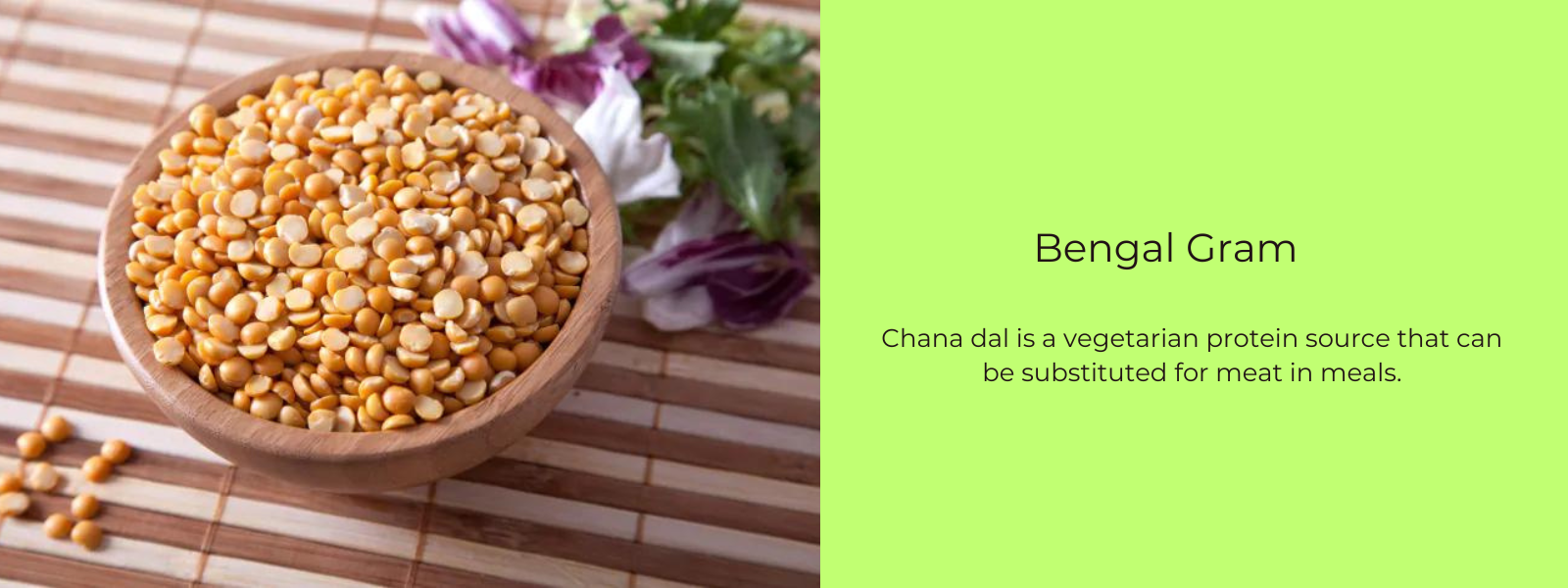
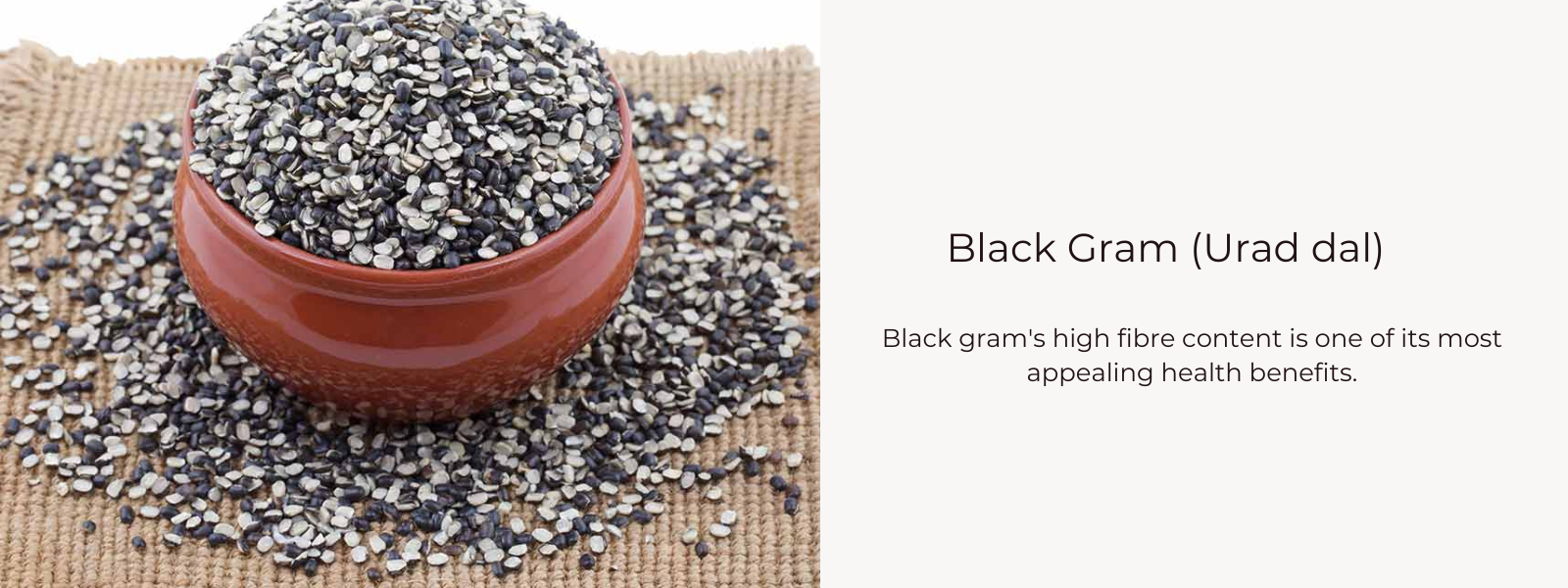
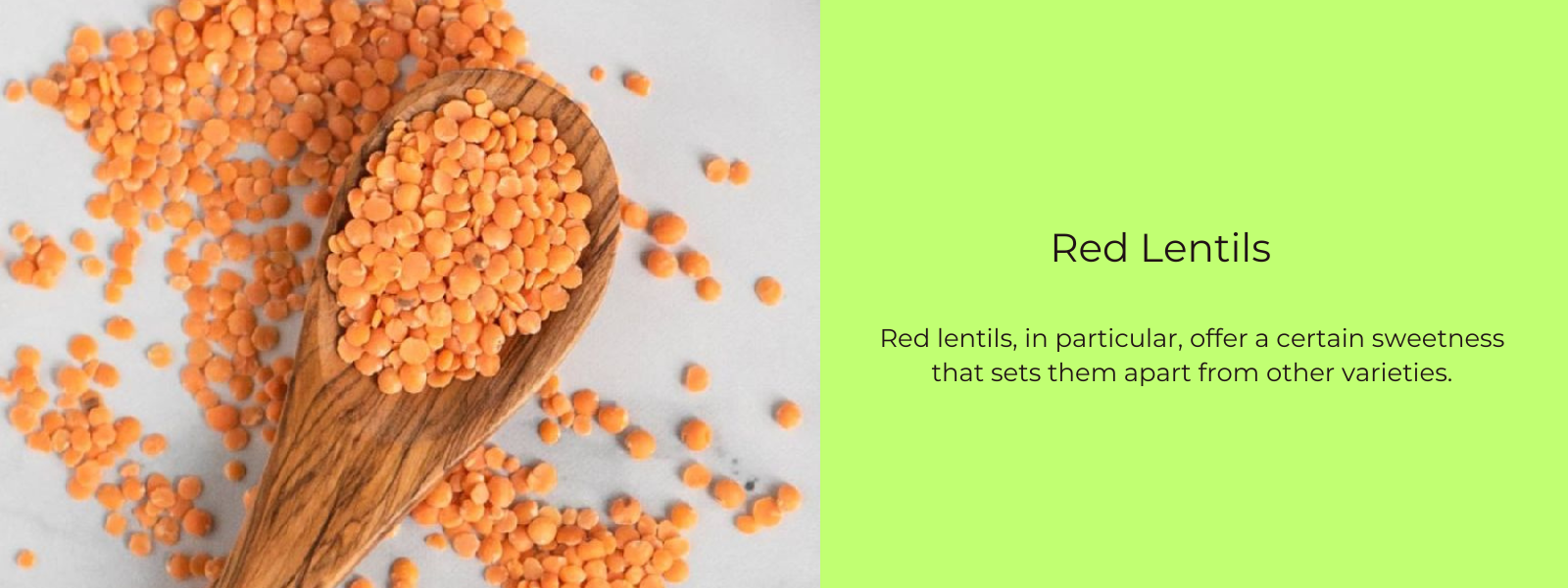
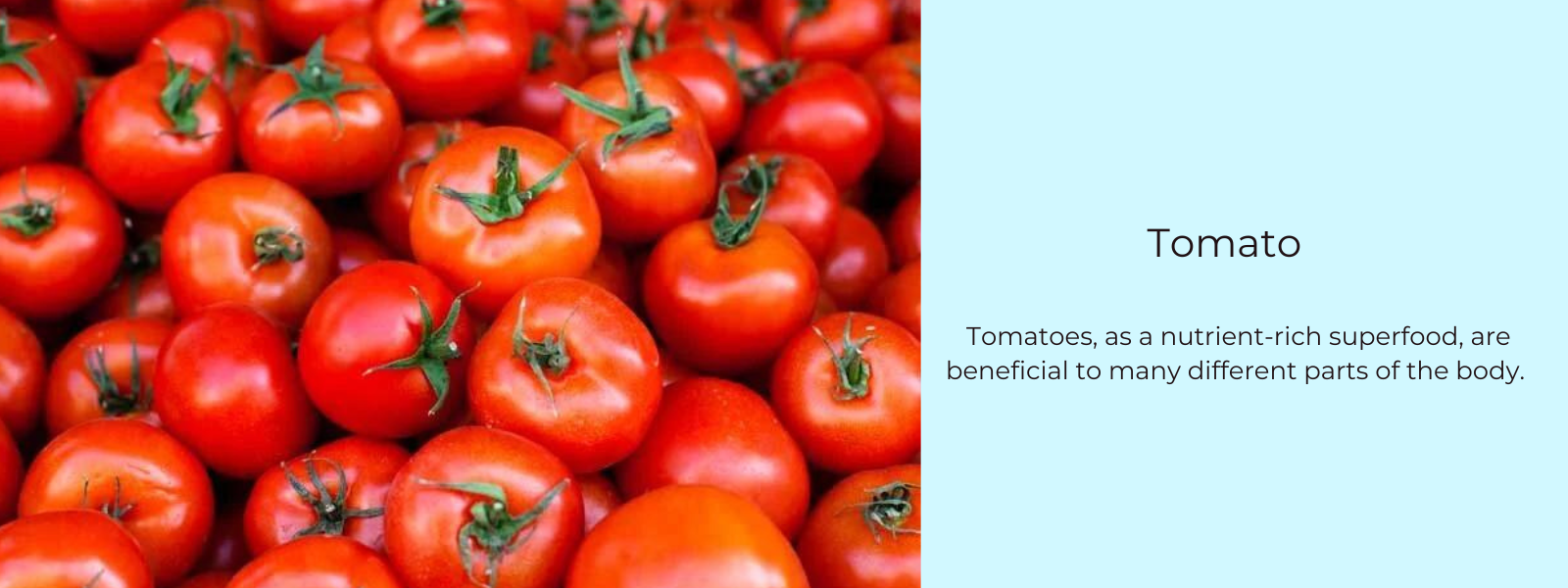
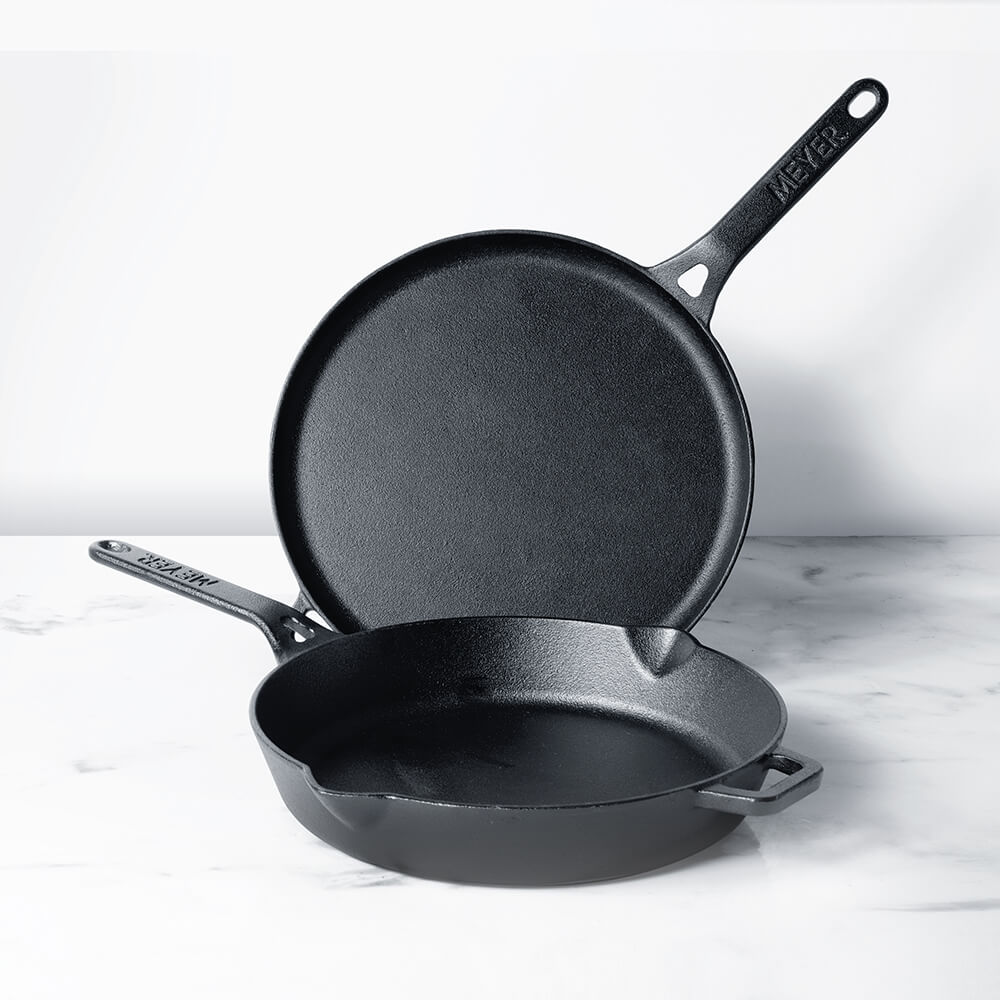
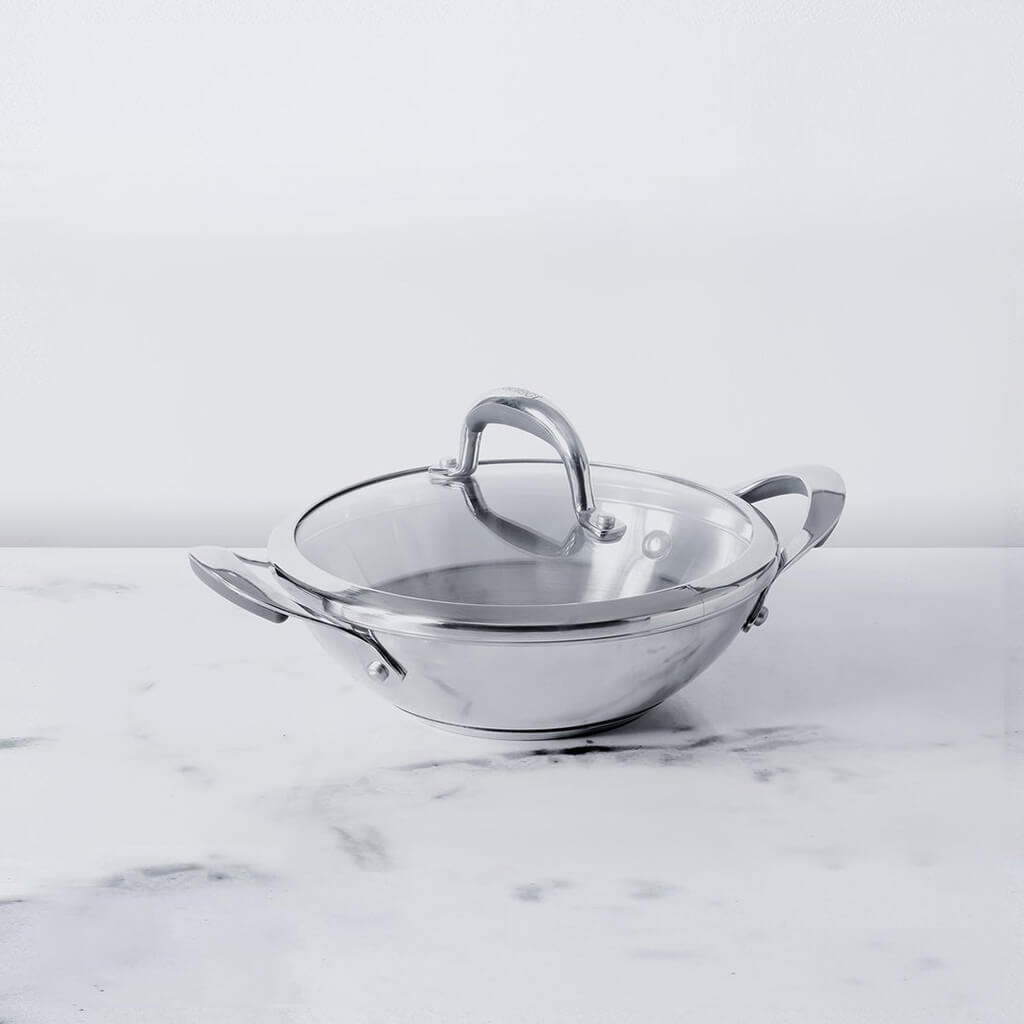




Leave a comment